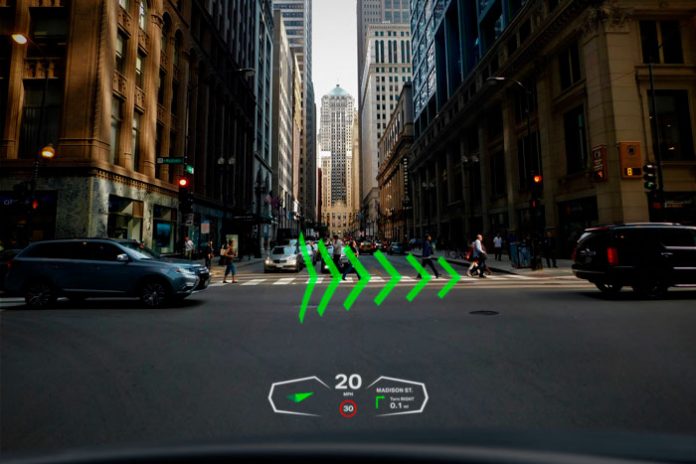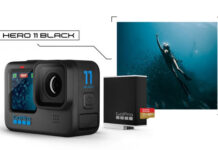Currently, all technologies for introducing augmented reality into the information system of car control are faced with the problem of obtaining a clear image that does not require extra attention from the driver. Difficulties in recognizing the information provided by such systems reduce the effectiveness of the implementation of AR technologies.
The use of holographic displays allows you to work in the most difficult road conditions, providing assistance to the driver. The HUD hologram focuses the driver’s attention on dangerous objects that can affect the movement of the car – these are cars parked at the side of the road, pedestrians, cyclists, as well as changes of direction on the road.
HUD technology assumes that visual effects are recognized by the driver at a distance of 20 meters from the horizon. The holographic modulator provides the driver with a full three-dimensional picture, instead of the two-dimensional ones generated using outdated technologies.
Laser holography delivers sharper colors, brightness and contrast than other systems on the market, while eliminating sunlight glare that affects LED systems.
Such well-known manufacturers as Hyundai Mobis, General Motors (via the venture capital company GM Ventures) as well as the Chinese SAIC Motors, a subsidiary of SAIC Capital, have become interested in using holographic display technology. The first prototypes of HUD systems are already being implemented in Jaguar Land Rover models. However, this is a simplified tested system. A full-fledged technology that takes advantage of holographic displays will be implemented on production models as early as 2025.







